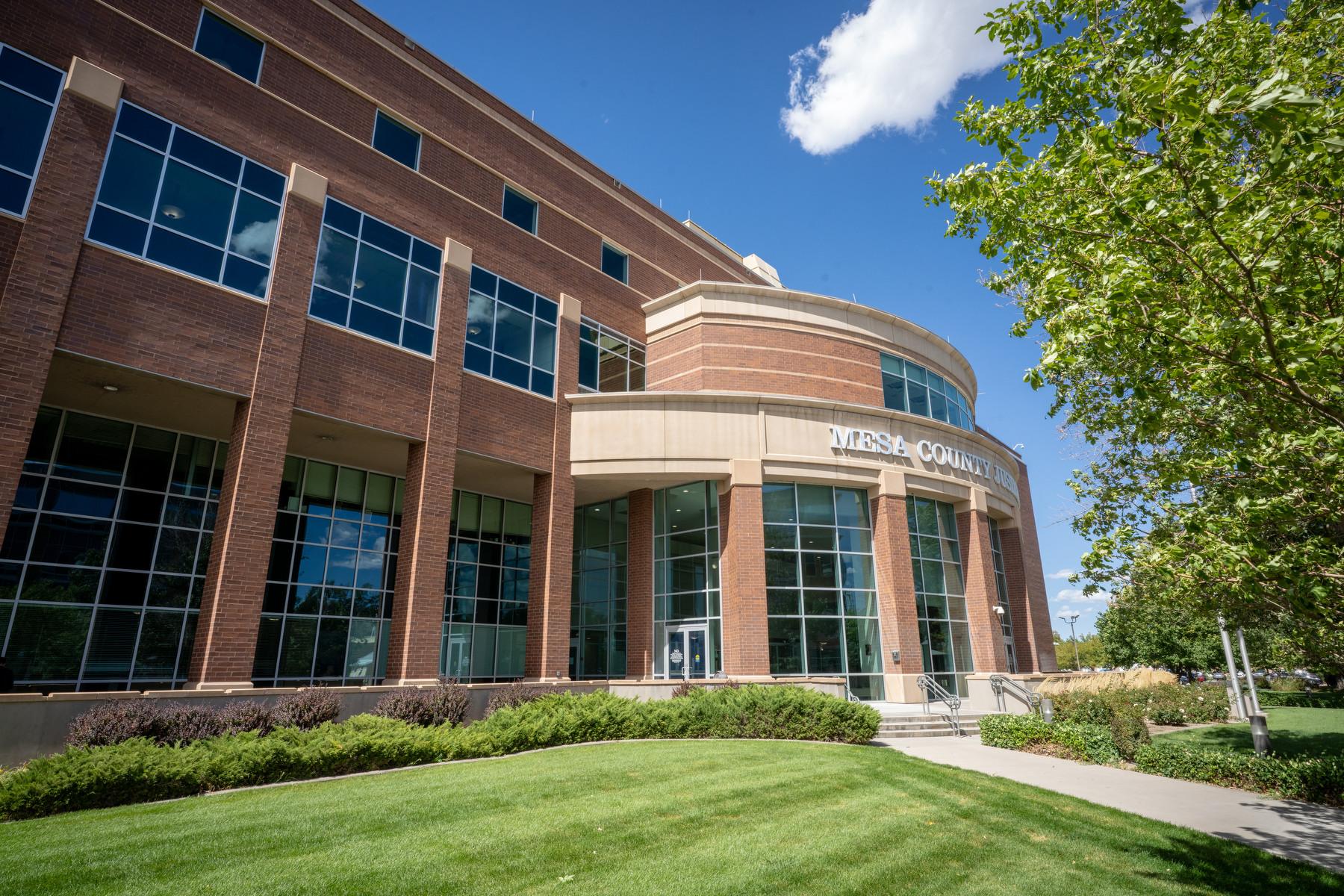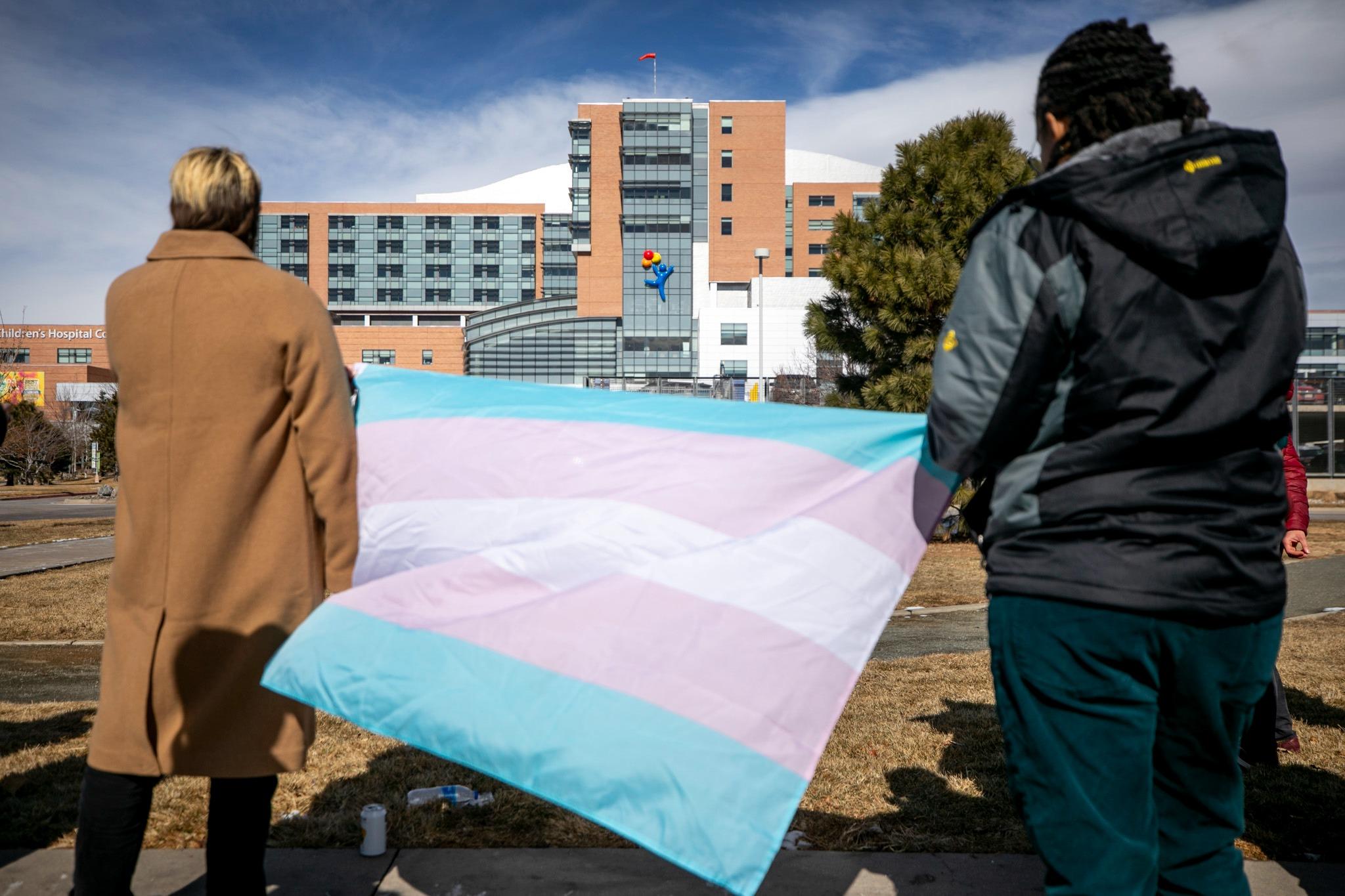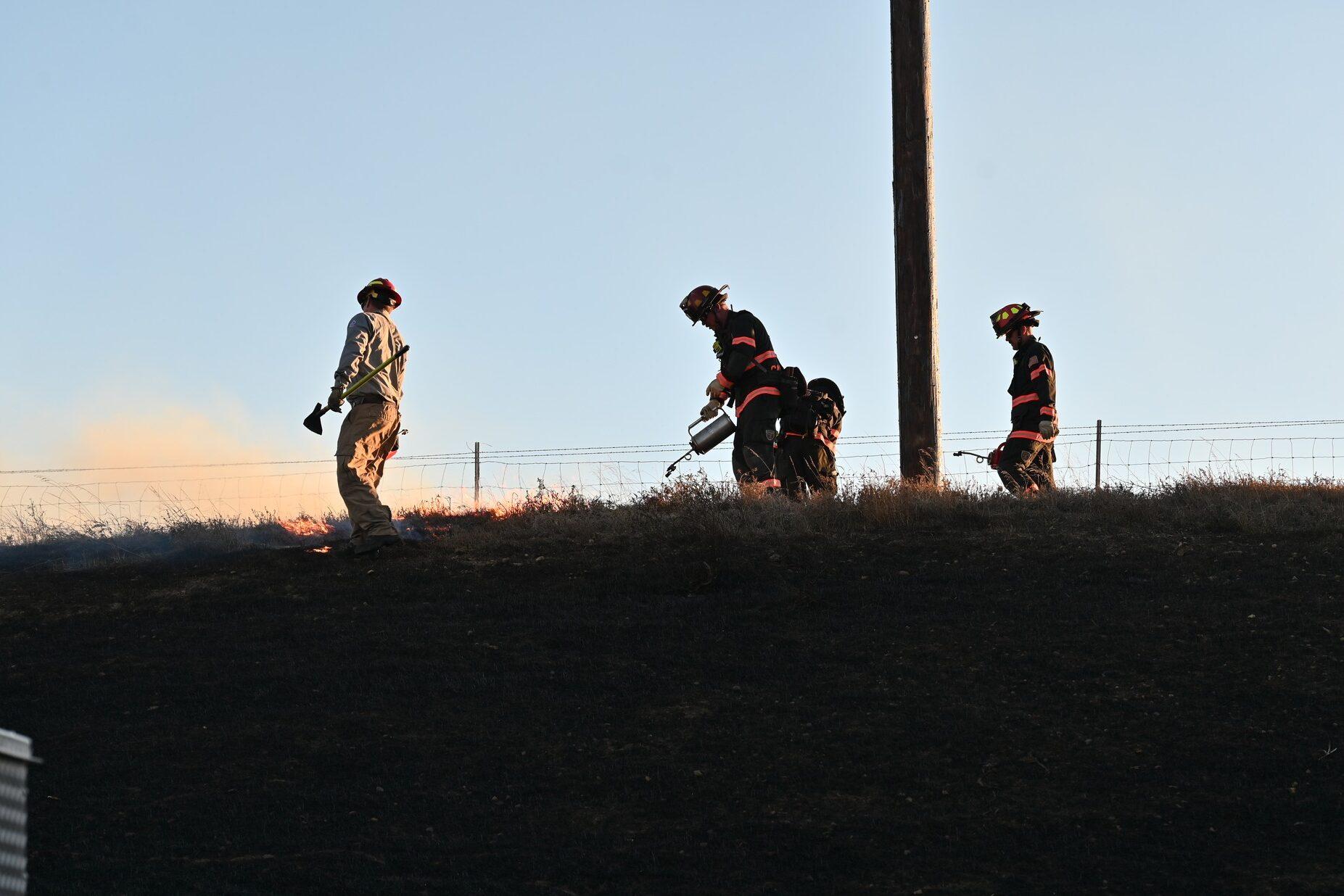
Since the pandemic, some Denver-area juvenile courts are seeing fewer kids in courtrooms, but a troubling new trend has risen instead — the courts are seeing more kids charged with violent crimes like aggravated assault or robbery. They’re also seeing spikes in domestic violence among youth, and gang activity.
“We’re getting some really, really tough kids right now,” said Shawn Cohn, chief probation officer in the Denver Juvenile Probation department. “And I do think that the pandemic played into that because these kids don't have the outlets of school or being where there are positive adults that engage with them and kind of help walk them through some scenarios and situations.”
Before some teens gravitate towards really violent crime, some — low-level, first-time offenders — end up in anger management classes instead. Let’s say a kid punches another kid in school. It’s the first time they’ve done that. A municipal court may send the youth to an anger management class at NCTI of Colorado. The group provides cognitive behavioral therapy classes for adults and court-ordered classes for youth, such as 4-hour ones on anger management, substance abuse, petty theft or domestic violence.
Mark Whitney, NCTI’s president, said he has youth for such a short period of time, the main goal is getting kids to make the connection between actions and consequences and identifying the coping strategies.
“‘If I punch this kid, what's going to happen?’” Whitney said. “Getting them to think about the consequences of this particular action … What am I doing to cope with my stress? What types of activities can I do to help control my stress level, which can drive my anger. Accepting responsibility for our past behavior is important, but also accepting responsibility for our future behavior is also important.”
Whitney believes the classes benefit some youth, especially first-time offenders. But he also realizes the class's limitations.
“We also recognize that we have them for four hours and they're going to go right back into the environment they came from, whether it's a school environment, whether it's a family environment and there are all of those forces at play when it comes to a juvenile case.”
Denver’s The Conflict Center also offers classes but takes a slightly different approach. They break up the learning over a few weeks. In a group, kids sort through what they are learning — then practice what they’ve learned, come back and learn some more.
“Just learning all of it in one day and then going out into the world, there's a low likelihood that any long-term behavioral changes would take place,” said The Center’s Rachel Portentis. "We really do want these skills to be practical, long-lasting.”
Protentis said one of the group’s goals is getting kids to think, “‘Now I’m able to more effectively handle these situations or deal with conflict when it arises.’”
The classes may explore ways to problem solve, recognize personal anger triggers, identify emotions that may happen before the anger like loneliness, fear and confusion, and discover realistic alternatives to arguing and fighting. Parents or guardians must attend half the classes. The Conflict Center sees youth from across the Denver area who have been ordered by a court to attend classes. It also works with individual families whose child may have anger issues.

Anger management programs can help some first-time offenders but experts say more attention needs to be paid to treating anger earlier in life.
Dr. Jessica Hawks, a clinical and adolescent psychologist and an assistant professor in the Department of Psychiatry at the University of Colorado School of Medicine, said there isn’t much research on the effectiveness of court-ordered anger management classes, partly because there isn’t one consistent way to teach the classes.
The research that does exist suggests the best outcomes involve a “cognitive behavioral” approach and involves parents in the treatment.
And since there is no centralized database for a court to see if a particular child has problems in other municipalities and because juvenile records are sealed, it’s much more difficult to assess recidivism.
“But the reality is, as a society, we need to be doing a much better job of intervening, well before kids are involved in the legal system and they've gotten themselves into a place where court-mandated treatment is even necessary,” Hawks said.
She said a large subset of kids with risk factors for conduct, anger and behavior issues could be identified in toddlerhood. She said behavioral problems are the number one reason — after anxiety and depression — children are referred to treatment. But only 30 percent of kids with behavioral problems get treatment and even fewer of those are getting treatment that’s backed as effective by science.
Two or three preventive sessions in very young children could change their overall developmental trajectory, Hawks said. She said by the time children are old enough for school, there are many evidence-based treatments that could similarly change “the overall developmental trajectory of these kids,” she said.
“But when we're intervening at 17, 18 years of age, there's so much more entrenched in these kinds of behavioral concerns,” Hawks said. “The anger is a much more core part of their personality. And they tend to have also gotten themselves involved with peers that might not be the best influence. The ability to change that entire dynamic is so much tougher.”
There’s been a shift away from one-stop anger management classes in many state court systems, says Shawn Cohn with Denver Juvenile Probation, especially for youth exhibiting signs of trauma.
“I think it's really easy for kids to sit through a 10-week anger management class and really reap little to no benefits,” Cohn said. “I think a lot of kids could be missed, without delving a little deeper and looking at what are some of the underlying issues, whether that be mental health, trauma, that’s leading this kid to respond with violence.”
One such adolescent who went through a court-ordered anger management class as a teen was the man who shot and killed 10 people at a King Soopers in Boulder in March. The two Columbine shooters participated in anger management classes as part of a lengthy juvenile diversion program after they broke into a van.
Those are extreme examples but illustrative of the fact that such classes aren’t really set up to catch kids with propensities for future violence, according to many experts, including those interviewed for this story. Moreover, the rare nature of mass shootings “creates challenges for accurately identifying salient predictors of risk,” according to a recent RAND report.
Cohn said courts and probation systems across the state were also pushed to do more thorough assessments of kids in the system by a new 2019 state law, which also encouraged enrolling such children in diversion programs over detention.
“Every kid who comes through our doors is given our battery of assessments,” said Leslie Schaefer, chief probation officer for Jefferson County’s judicial district.
She said her department has assessed youth for their risk to re-offend since 1993, as well as their needs, and “how responsive are they going to be, are they motivated for treatment, do they have a good support system.”

A multitude of issues can drive behavior: family, community, peers, substance use, mental health, and trauma.
“I can't tell you how many times over my 20 plus years I've heard people say, ‘Well, he's just an angry kid,’” said Patrick Hedrick, director of the Denver Juvenile Services Center, the city’s intake center for at-risk and youth in the justice system. “Well, there's a reason why he's an angry kid. So, can we figure out what that is and see how we can support addressing those issues? These are things that are going to continue to drive this behavior if we don't figure out a way to address them comprehensively.”
For example, he said deeper trauma-focused classes help youth understand the impact of trauma on their daily behavior.
Youth are initially screened using mental health or violence prevention screening tools that don’t require a clinician to administer. One screener is called VIPRS, the Violence Injury, Protection and Risk Screen tool. It is aimed at trying to identify youth at risk for future violence involvement. CU Anschutz’s Dr. Eric Sigel, who developed VIPRS, said screeners can help prioritize what’s driving the delinquent behavior.
“Certainly, we do end up finding kids who have mental health issues that might need to be treated, whether it's discovering ADHD, whether it's coming across a learning disability or depression, post-traumatic stress disorder, a whole host of things. A lot of times when you start treating those issues, things can get better.”
VIPRS is being used in some court systems in Colorado, including at school-based health clinics in Denver. In Denver, VIPRS scores might mean youth may be assigned to in-house groups, mentoring, counseling, job assistance, mental health treatment, substance abuse treatment, academic assistance, working with community-based organizations — all tailored to the individual. If a kid just made a poor decision, he or she may not need such services.
Hedrick said some youth aren’t ready to deal with their trauma so officials will look for alternative programs. For one young man, it was a mixed martial arts program where the instructors were also clinicians.
“It gave him an outlet to sort of get that physical frustration out as opposed to fighting in school, but then also started to expose him and get him — not like where we're doing therapy — but just that informal kind of talking on the jiu-jitsu mat that starts to open up like, OK, I can trust a little bit.’”
CU Anschutz’s Dr. Jessica Hawks hopes that — aside from complex factors like how poverty and family dysfunction play into youth behavior issues and for some, criminality — society must begin to do a better job of reaching children with treatment earlier.
That means treatment that teaches kids how to emotionally regulate — and how to appraise their interactions with people. And finally, Hawks said more attention needs to be focused on helping parents realize that they are a critical component to their child’s treatment.









